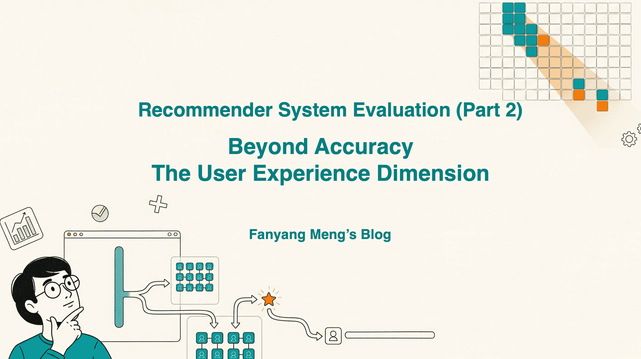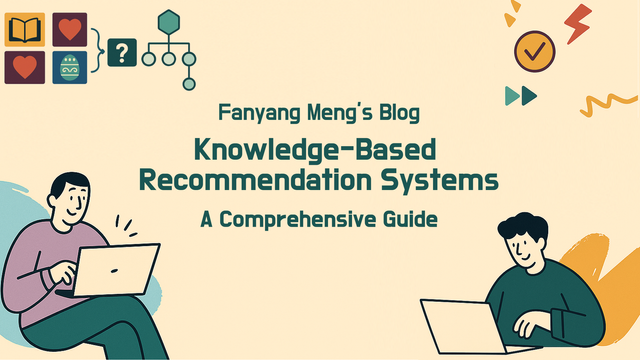| Link Page | https://mfydev.link |
| Blog | https://fanyangmeng.blog |
Fanyang Meng 
- 7 Followers
- 84 Following
- 48 Posts
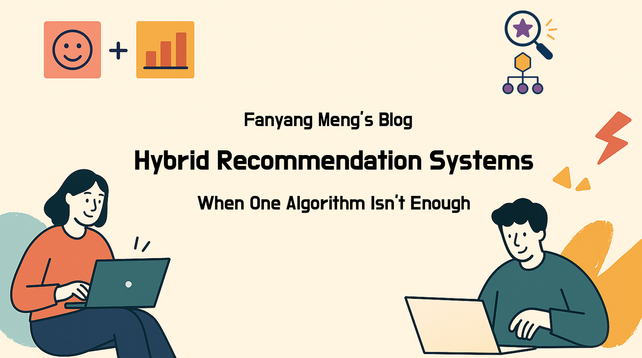
Hybrid Recommendation Systems: When One Algorithm Isn't Enough
Why single recommendation algorithms fail in production. Learn how hybrid systems combine collaborative filtering, content-based, and matrix factorization approaches to build scalable recommendation engines that handle real-world complexity.

Content-Based Recommendation Systems: When Items Speak for Themselves
Master content-based recommendation systems that solve cold start problems collaborative filtering can't handle. Learn TF-IDF mathematics, Naive Bayes classification, feature engineering & Python implementations with real-world examples.
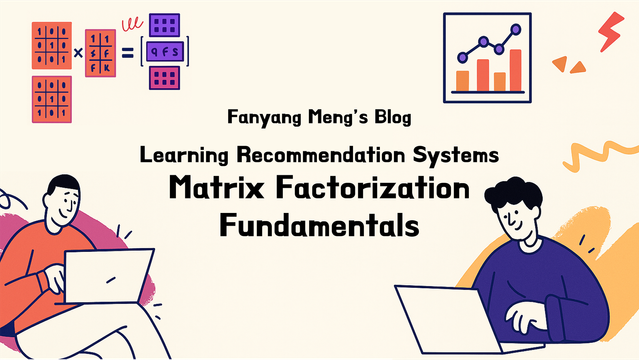
Learning Recommendation Systems: Matrix Factorization Fundamentals
Learn how matrix factorization solved collaborative filtering's scalability and sparsity problems in recommendation systems. Discover the breakthrough technique that transforms user-item interactions into powerful latent embeddings for better predictions.

Automate Ghost CDN Cache Purging with BunnyCDN Middleware Scripts
This guide shows how to use BunnyCDN Middleware Scripts to instantly refresh your Ghost CDN cache when you make changes to the website—no extra servers required. A simple solution that automatically detects content changes and keeps your site up-to-date.
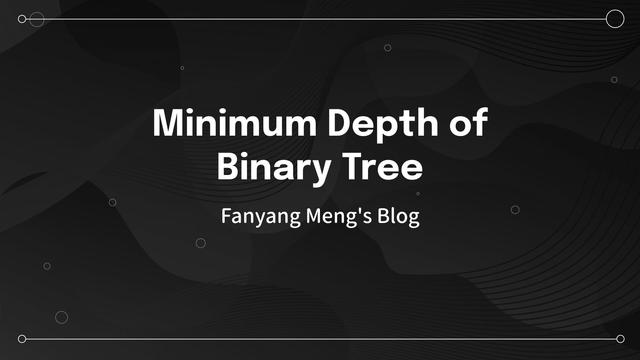
111. Minimum Depth of Binary Tree
Master LeetCode 111 the binary tree minimum depth problem with Python! Learn four different approaches—recursive postorder, direct recursion, preorder, and level-order traversal—to find the shortest path from root to leaf node. Avoid common pitfalls with nodes having only one child.
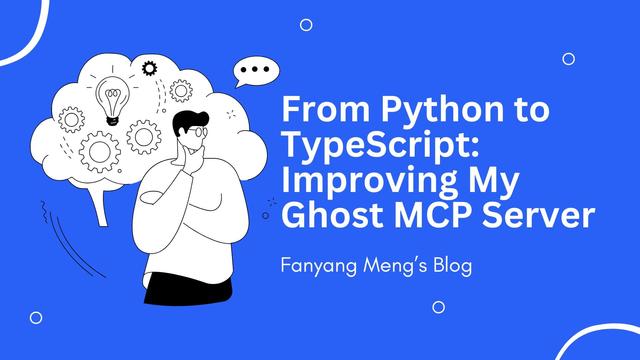
From Python to TypeScript: Improving Ghost MCP Server
From Python to TypeScript: How rebuilding my Ghost MCP server with official libraries eliminated custom code complexity, improved stability, and streamlined deployment—making AI-powered content management more reliable for creators.
